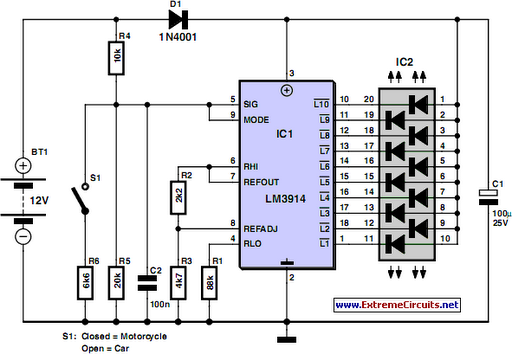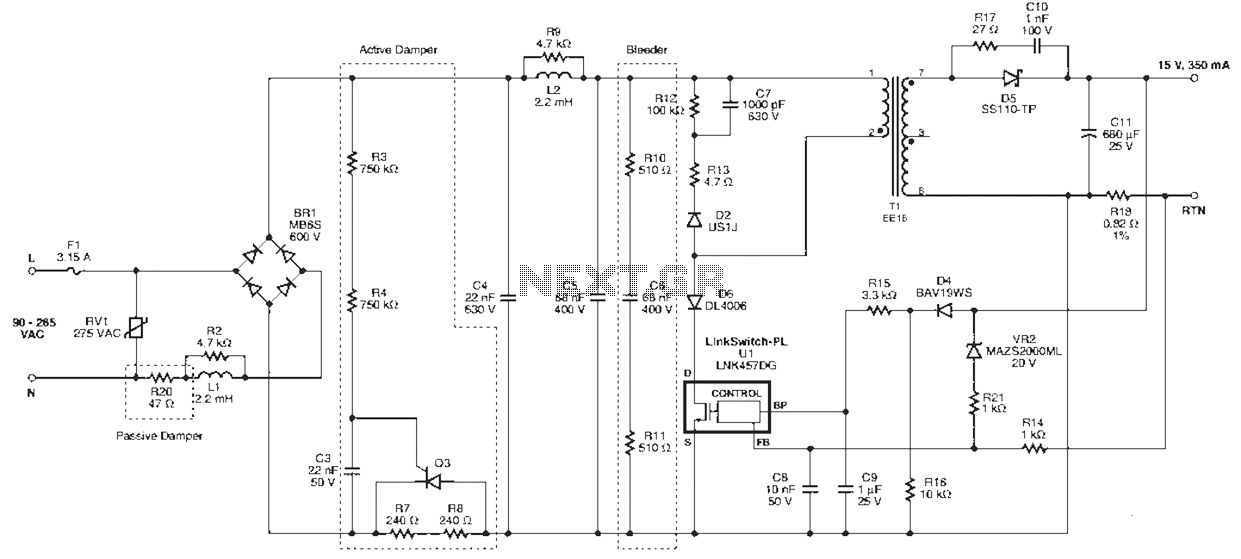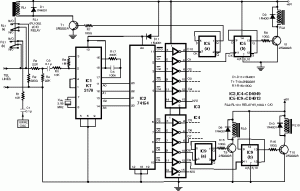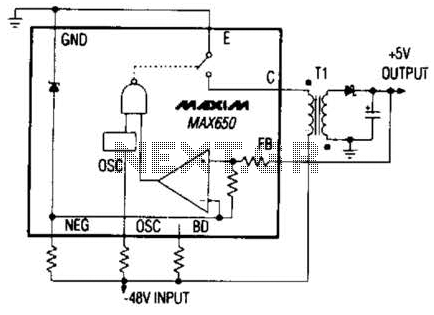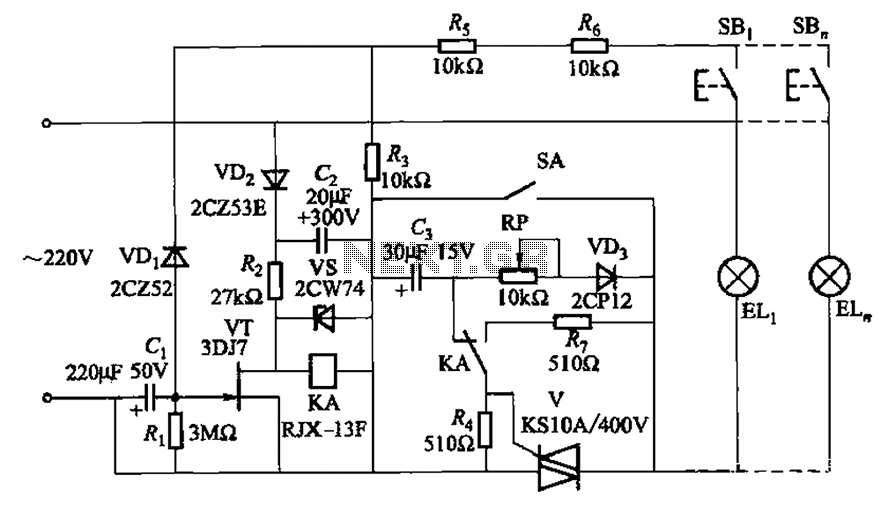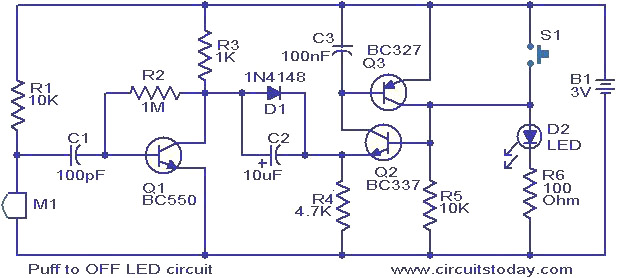
battery equality monitor circuit schematic
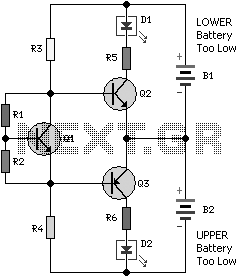
Most 24V power systems in trucks, 4WDs, RVs, boats, and similar applications utilize two series-connected 12V lead-acid batteries. The charging system is capable of maintaining the total voltage of the individual batteries. If one battery is experiencing failure, this circuit will activate an LED indicator, thereby allowing for the early detection of potential battery issues. The operation of the circuit involves measuring the voltage difference between the two series-connected 12V batteries. The idle current is sufficiently low, enabling the device to remain permanently connected across the batteries.
The described circuit serves a critical role in monitoring the health of a dual-battery system commonly found in various vehicles and marine applications. It is designed to provide a visual alert for battery failure, which is essential for preventing unexpected breakdowns or failures during operation.
The circuit consists of a voltage sensing mechanism that compares the voltage levels of the two batteries. Typically, this is achieved using a differential amplifier or a microcontroller with analog-to-digital conversion capabilities. The output from this sensing mechanism is fed into a comparator circuit that activates an LED when a significant voltage difference is detected, indicating that one of the batteries is underperforming or failing.
The low idle current characteristic of the circuit is crucial, as it allows for continuous monitoring without draining the batteries over time. This feature is particularly important in applications where the vehicle may not be used for extended periods, ensuring that the monitoring system does not contribute to the very problems it is designed to detect.
In practical implementation, the circuit can be housed in a weather-resistant enclosure to protect it from environmental factors, especially in marine or off-road applications. Additionally, the choice of components should consider the operating temperature range and vibration resistance, as these factors can affect the reliability of the circuit in harsh conditions.
Overall, this battery monitoring circuit is an invaluable tool for maintaining the integrity and performance of 24V power systems, ensuring that potential issues are identified and addressed before they lead to more serious failures.Almost all 24V power systems in trucks, 4WDs, RVs, boats, etc, employ two series-connected 12V lead-acid batteries. The charging system can only maintain the sum of the individual battery voltages. If one battery is failing, this circuit will light a LED. Hence impending battery problems can be forecast. The circuit works by detecting a voltage difference between the two series connected 12V batteries. Idle current is low enough to allow the unit to be permanently left across the batteries.. 🔗 External reference
The described circuit serves a critical role in monitoring the health of a dual-battery system commonly found in various vehicles and marine applications. It is designed to provide a visual alert for battery failure, which is essential for preventing unexpected breakdowns or failures during operation.
The circuit consists of a voltage sensing mechanism that compares the voltage levels of the two batteries. Typically, this is achieved using a differential amplifier or a microcontroller with analog-to-digital conversion capabilities. The output from this sensing mechanism is fed into a comparator circuit that activates an LED when a significant voltage difference is detected, indicating that one of the batteries is underperforming or failing.
The low idle current characteristic of the circuit is crucial, as it allows for continuous monitoring without draining the batteries over time. This feature is particularly important in applications where the vehicle may not be used for extended periods, ensuring that the monitoring system does not contribute to the very problems it is designed to detect.
In practical implementation, the circuit can be housed in a weather-resistant enclosure to protect it from environmental factors, especially in marine or off-road applications. Additionally, the choice of components should consider the operating temperature range and vibration resistance, as these factors can affect the reliability of the circuit in harsh conditions.
Overall, this battery monitoring circuit is an invaluable tool for maintaining the integrity and performance of 24V power systems, ensuring that potential issues are identified and addressed before they lead to more serious failures.Almost all 24V power systems in trucks, 4WDs, RVs, boats, etc, employ two series-connected 12V lead-acid batteries. The charging system can only maintain the sum of the individual battery voltages. If one battery is failing, this circuit will light a LED. Hence impending battery problems can be forecast. The circuit works by detecting a voltage difference between the two series connected 12V batteries. Idle current is low enough to allow the unit to be permanently left across the batteries.. 🔗 External reference
